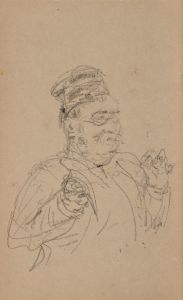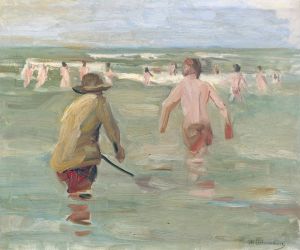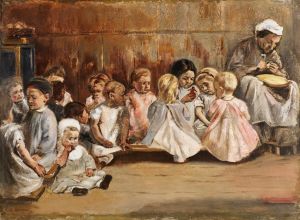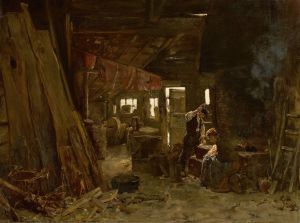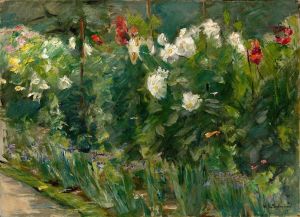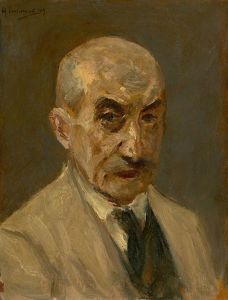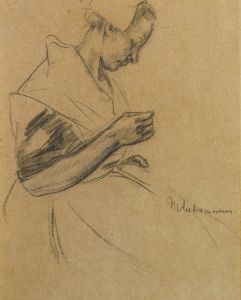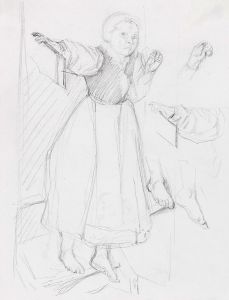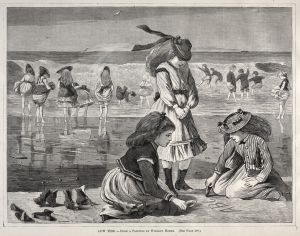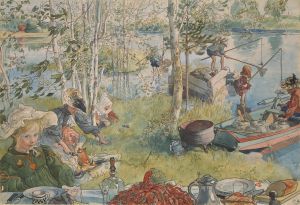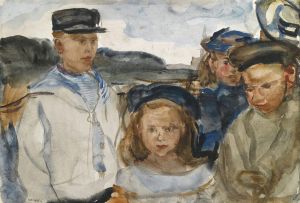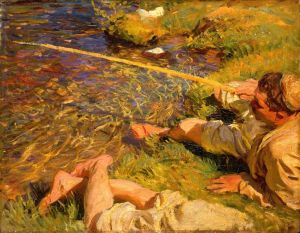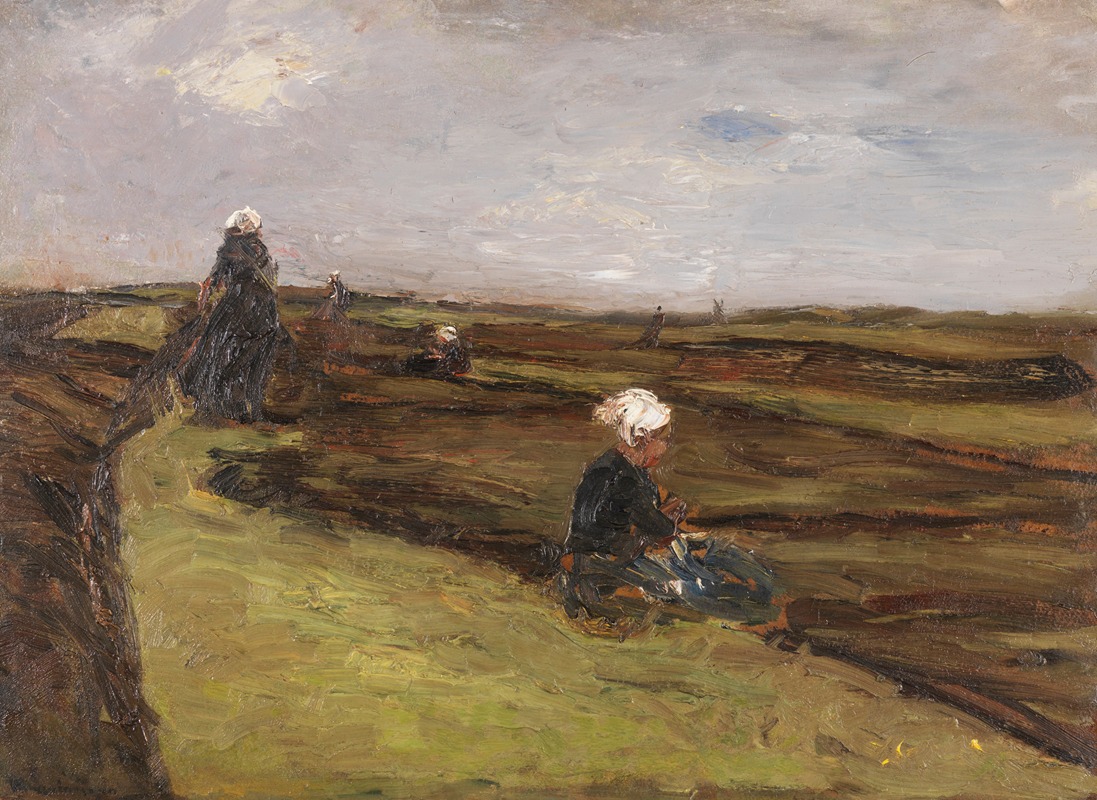
Die Netzflickerinnen
A hand-painted replica of Max Liebermann’s masterpiece Die Netzflickerinnen, meticulously crafted by professional artists to capture the true essence of the original. Each piece is created with museum-quality canvas and rare mineral pigments, carefully painted by experienced artists with delicate brushstrokes and rich, layered colors to perfectly recreate the texture of the original artwork. Unlike machine-printed reproductions, this hand-painted version brings the painting to life, infused with the artist’s emotions and skill in every stroke. Whether for personal collection or home decoration, it instantly elevates the artistic atmosphere of any space.
Max Liebermann was a prominent German painter and printmaker, associated with the Impressionist movement. He was born on July 20, 1847, in Berlin, Germany, and became one of the leading figures in the German art scene during the late 19th and early 20th centuries. Liebermann's work is characterized by its vibrant use of color, loose brushwork, and focus on everyday life and scenes of leisure.
"Die Netzflickerinnen" (The Net Menders) is one of Liebermann's notable works, although specific details about this particular painting are not extensively documented in public records. However, it is known that Liebermann often depicted scenes of rural and working life, capturing the essence of ordinary people engaged in their daily activities. His interest in such themes was influenced by the Realist movement, which sought to portray subjects truthfully and without idealization.
Liebermann's style evolved over the years, and he became increasingly associated with Impressionism, a movement that originated in France in the late 19th century. Impressionists sought to capture the effects of light and color in their work, often painting en plein air (outdoors) to achieve a sense of immediacy and spontaneity. Liebermann adopted these techniques, which can be seen in his use of light and shadow, as well as his focus on capturing the atmosphere of a scene.
Throughout his career, Liebermann was deeply influenced by his travels and exposure to other artists. He spent time in the Netherlands, where he was inspired by the works of Dutch masters such as Frans Hals and Rembrandt. This influence is evident in his choice of subject matter and his approach to composition and color.
Liebermann was also a key figure in the Berlin Secession, an art movement that emerged in the late 19th century as a reaction against the conservative art establishment in Germany. The Secessionists sought to promote modern art and provide a platform for artists who were pushing the boundaries of traditional artistic conventions. Liebermann served as the president of the Berlin Secession from 1899 to 1911, playing a crucial role in shaping the direction of modern art in Germany.
Despite his success and influence, Liebermann's career was not without controversy. As a Jewish artist in Germany, he faced significant challenges, particularly during the rise of the Nazi regime. His work was labeled as "degenerate art," and he was forced to resign from his position as president of the Prussian Academy of Arts in 1933. Liebermann passed away on February 8, 1935, in Berlin, leaving behind a legacy as one of Germany's most important Impressionist painters.
While specific details about "Die Netzflickerinnen" are limited, the painting likely reflects Liebermann's broader artistic themes and interests, capturing a moment of everyday life with his characteristic attention to light, color, and composition.





